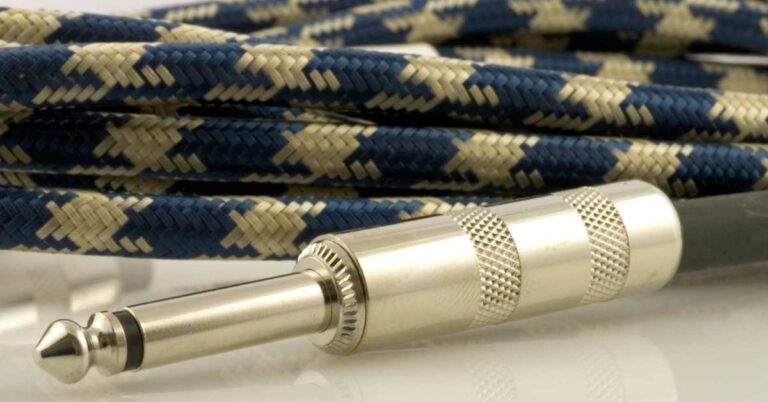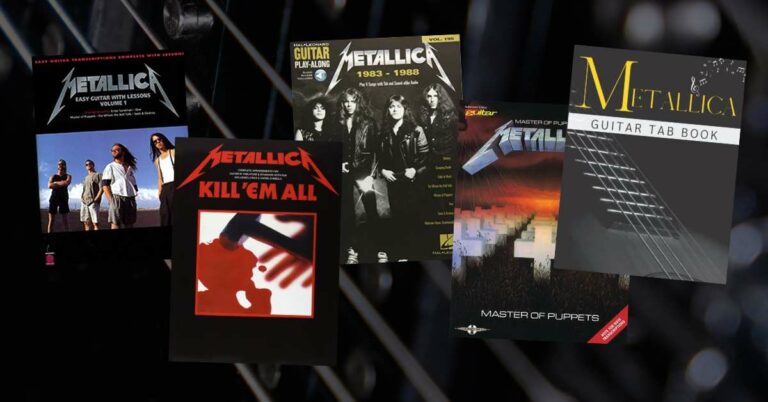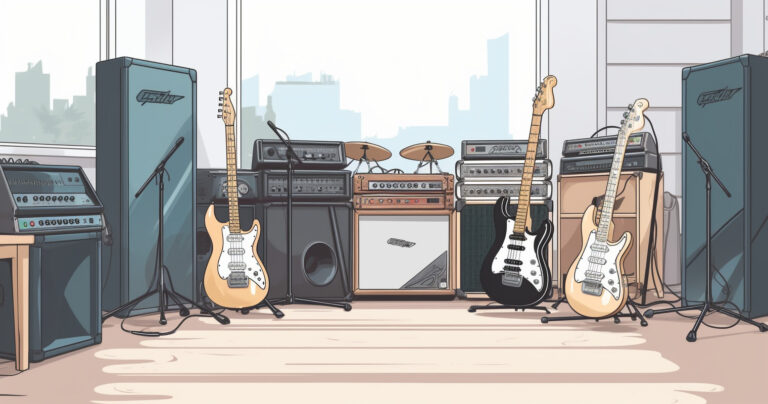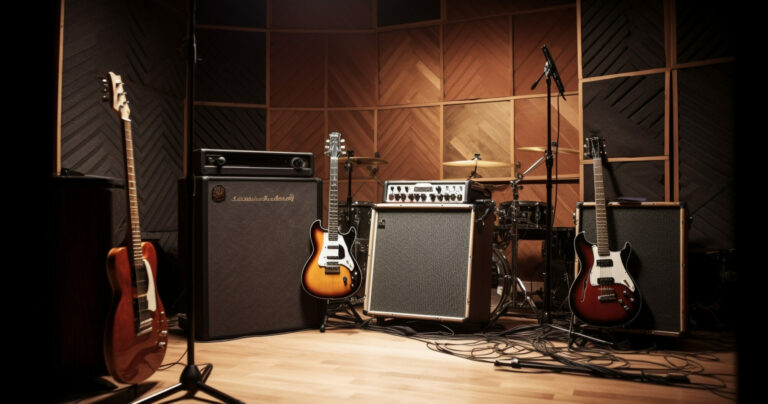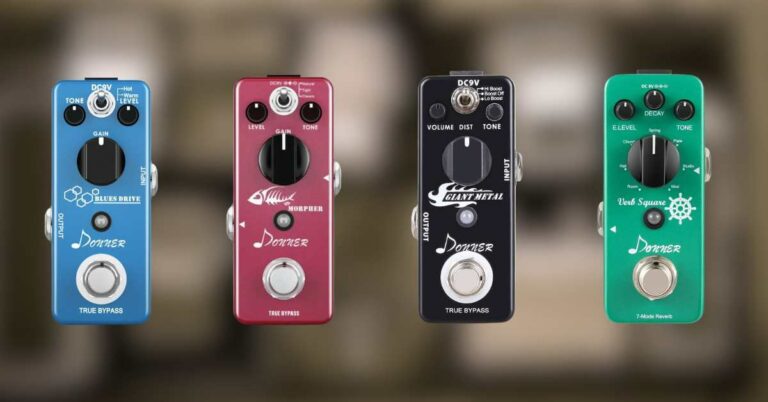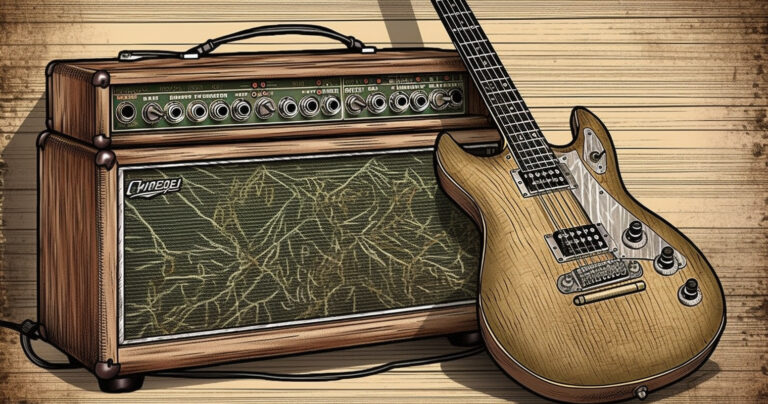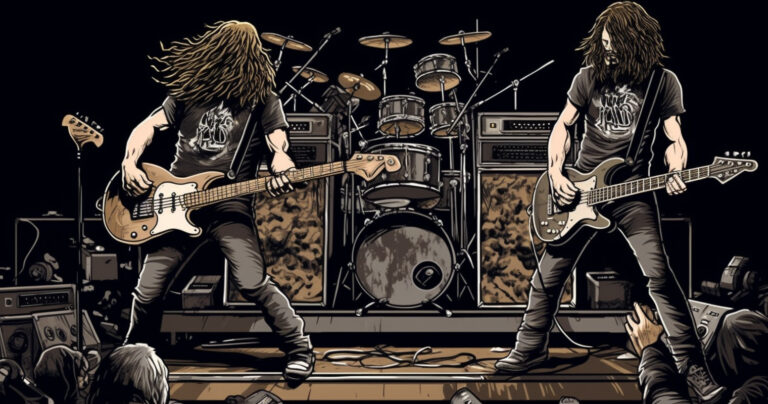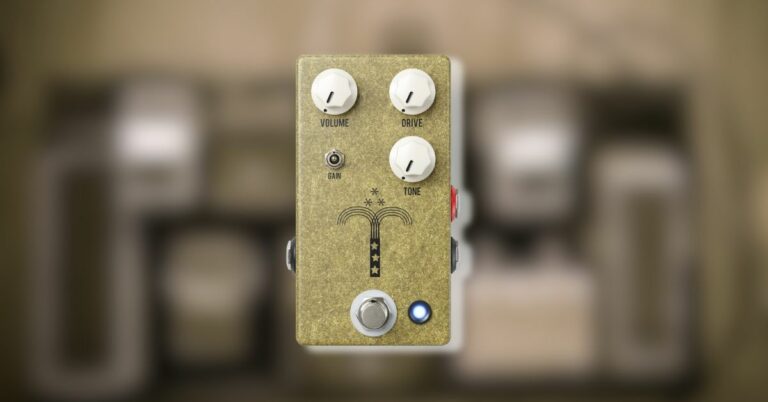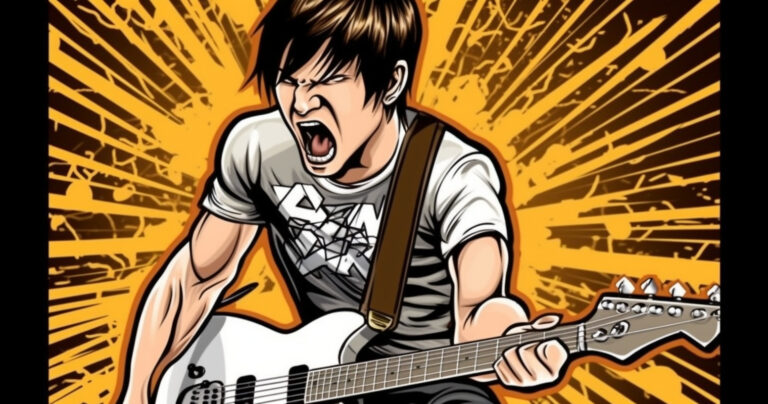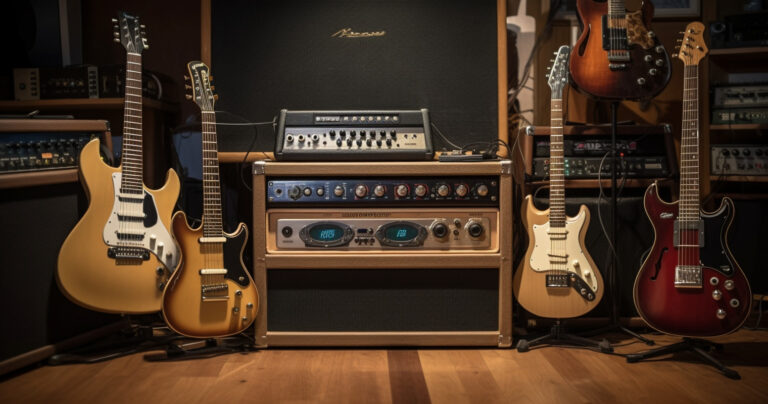In todays episode of guitar WTF, we will discuss the guitar compressor pedal. Its often blue, it does something. People talk about it on reddit. So here’s what you’ll find out:
What is a compressor pedal ? Are there different types? What the hell is the attack knob and other twisty delights? Do I really need one? How am I going to explain to my wife that I really needed it?
What is a Guitar Compressor Guitar Pedal?
In short, a compressor pedal is a stompbox that sits in your signal chain and levels the dynamics of your guitar performance. It reduces the gap between the softest note and the loudest note, making your sound more even and consistent.
Essentially, it compresses the dynamic range of your guitar signal. If you actually look at the sound waves in a DAW and apply a compressor effect, you will see the waves compress. Lower peaks, higher valleys.
Why Use a Compressor Pedal?
Compressor pedals are useful for a variety of reasons. Here are a few:
- Sustain: Compressor pedals can increase the sustain of your guitar notes, allowing them to ring out longer.
- Volume boost: By evening out the dynamics of your guitar signal, compressor pedals can also provide a volume boost, making your guitar sound louder.
- Tonal shaping: Depending on the type of compressor pedal you use, you can shape the tone of your guitar signal. For example, some compressor pedals can add more sparkle or clarity to your sound.
Overall, compressor pedals are a valuable tool for guitarists looking to improve their sound. By evening out the dynamics of your guitar signal, they can provide more sustain, volume, and tonal shaping options.
WTF are these Compressor Pedal Knonbs?
As a guitarist, I often use a compressor pedal to even out the dynamics of my playing and achieve a more consistent sound. But how does a compressor pedal actually work?
Threshold
The threshold control of a compressor pedal determines the level at which the compressor kicks in. When the signal level exceeds the threshold, the compressor reduces the gain of the signal by a certain ratio. The threshold control allows you to set the point at which the compressor begins to work.
Tips for Setting the Threshold: If you set it too low, the compressor will be constantly engaged, which can make your sound too squashed. If you set it too high, the compressor won’t do much at all.
Ratio
The ratio control determines how much the gain of the signal is reduced when it exceeds the threshold. For example, if the ratio is set to 2:1, for every 2 dB that the signal exceeds the threshold, the output level will only increase by 1 dB. The higher the ratio, the more the signal is compressed.
Tips for Setting the Ratio: A ratio of 4:1 is often a sweet spot for electrical guitar but this certainly depends on sound, gain, music and the compressor.
Attack
The attack control determines how quickly the compressor responds to the signal exceeding the threshold. A fast attack time will quickly reduce the gain of the signal, while a slower attack time will allow the initial transient of the signal to pass through before compressing the rest of the signal.
Tips for Setting the Attack: A lot of heavy distortion can get loud and drown out in a mix, so listen to the song in the mix. Often palm muting can be so loud that you can’t hear the lead that well. When that happens and I record, my first instinct is to add a compressor and adjust the attack.
Release
The release control determines how quickly the compressor stops compressing the signal once it falls below the threshold. A fast release time will quickly return the gain of the signal to its original level, while a slower release time will allow the gain to gradually return to its original level.
Tips for Setting the Release: This is the big control for sustain. So always good for lead. Example: David Gilmour’s solo in Comfortably Numb uses a high release that really sustains. (David used an MXR Dyna Comp, a simple compressor with Output knob set at 7 which controlled gain and release).
Makeup Gain
The makeup gain control allows you to compensate for the gain reduction caused by the compressor. It increases the overall volume of the compressed signal to match the level of the original signal.
Tips for Setting the Gain: Turn it up to 11!! Lets n chug! (Seriously though, play disengaged, listen to the tone, then engage and bump it so the gain is the same)
Using a Compressor Pedal
Here are some tips and tricks I’ve learned for using a compressor pedal effectively.
Tips and Tricks
Here are some tips and tricks for using a compressor pedal effectively:
- Use it sparingly: A little bit of compression can go a long way. Don’t overdo it, or your sound will become too squashed and lifeless.
- Experiment with different settings: Every guitar and amp combination is different, so it’s important to experiment with different settings to find what works best for you.
- Place it early in your signal chain: A compressor pedal works best when it’s placed early in your signal chain, before any distortion or other effects.
- Use it to even out your playing: A compressor pedal can help even out your playing by reducing the volume of loud notes and boosting the volume of quiet notes.
- Use it for sustain: A compressor pedal can also be used to increase sustain. By reducing the gap between the softest note and the loudest note, a compressor can help your notes ring out longer.
Overall, a compressor pedal can be a valuable tool for guitar players. By understanding the different settings and controls, and experimenting with different settings, you can get the most out of your compressor pedal and enhance your sound.

